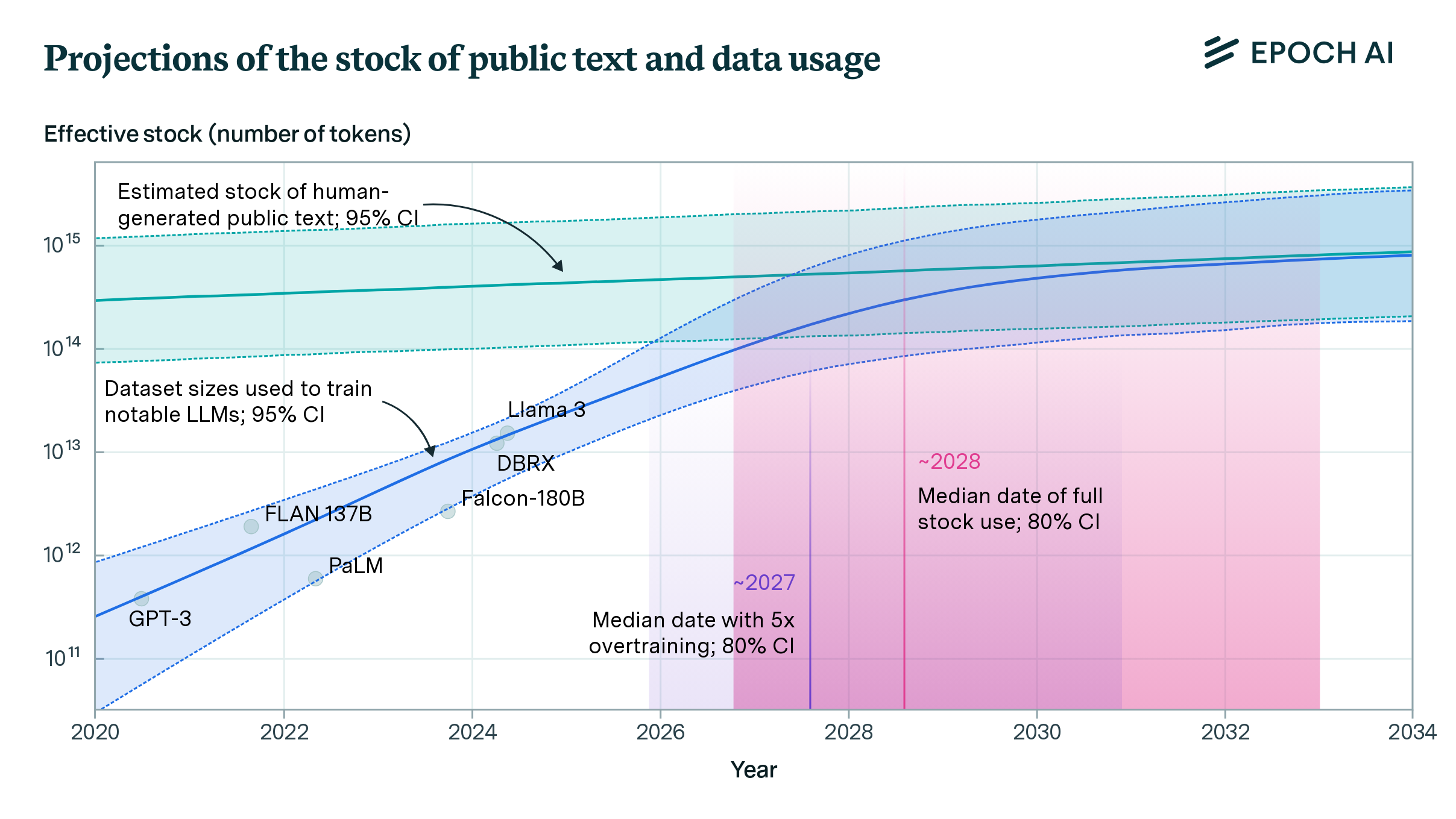Get the latest tech news
Sculpting the moon in R: Subdivision surfaces and displacement mapping
brary(rayvertex) library(rayimage) library(rayrender) Sculpting the Moon in R: Subdivision Surfaces and Displacement Mapping We like the moon The moon is very useful, everyone Everybody like the moon Because it light up the sky at night and it lovely and it makes the tides go and we like it But not as much as cheese We really like cheese — The Spongmonkies, 2002 Introduction In this post, we explore subdivision surfaces and displacement mapping within the rayverse, using the rayvertex, rayimage, and rayrender packages. We demonstrate how to create detailed and smooth 3D models by subdividing meshes and applying displacement textures.
Definitely lots of densely interconnected green, along with some interesting patterns from what I can only assume are interpolation and sampling artifacts related to the original mesh structure. Triangles, the primary building blocks of computer graphics, don’t directly lend themselves to either extremely smooth or realistically bumpy objects. The only problem is the low-poly sphere is now more like a 20-sided D&D die, which isn’t great if you’d like the limit of the subdivision process to result in an identical (but smoothed) version of the original mesh.
Or read this on Hacker News
